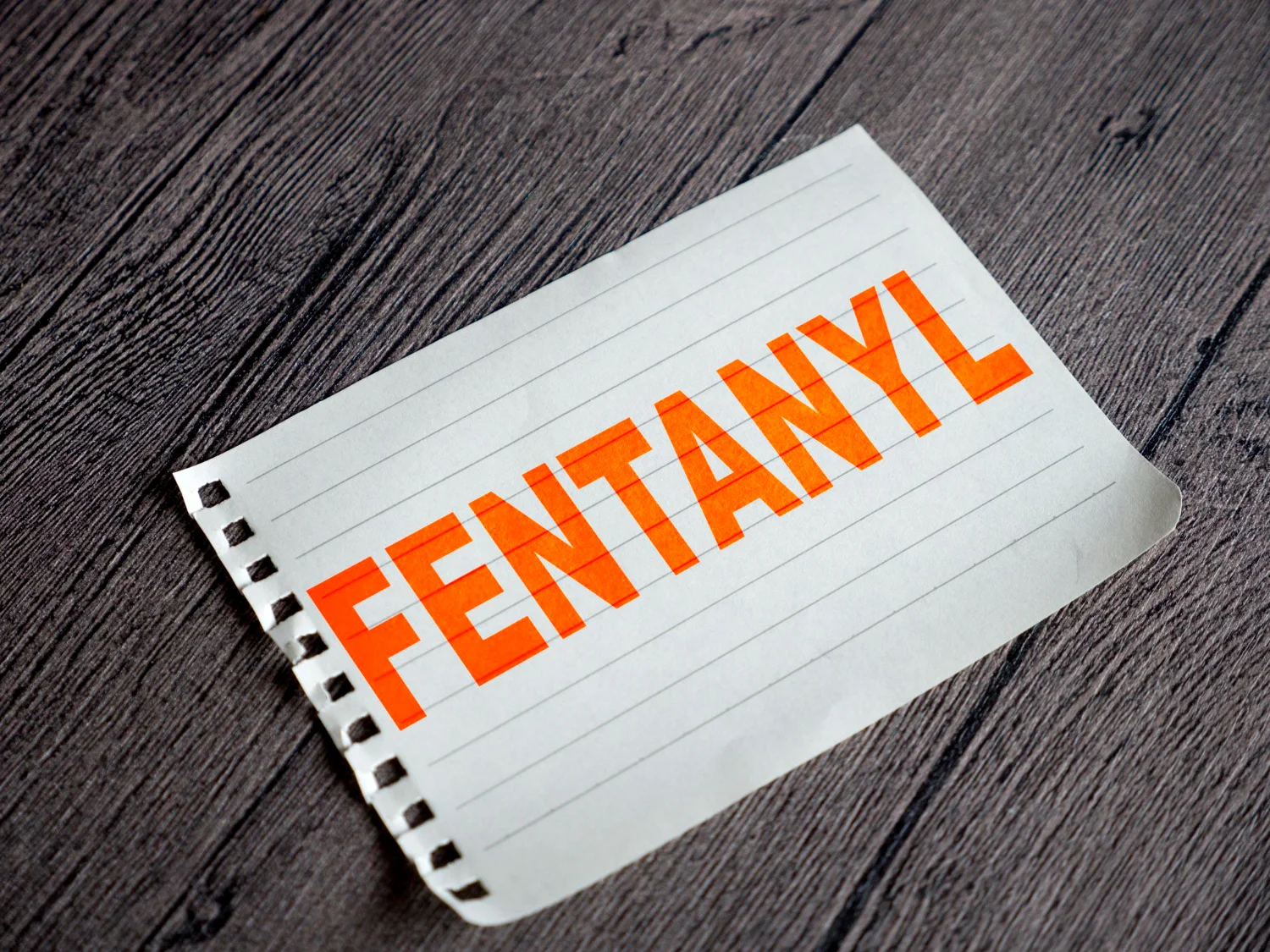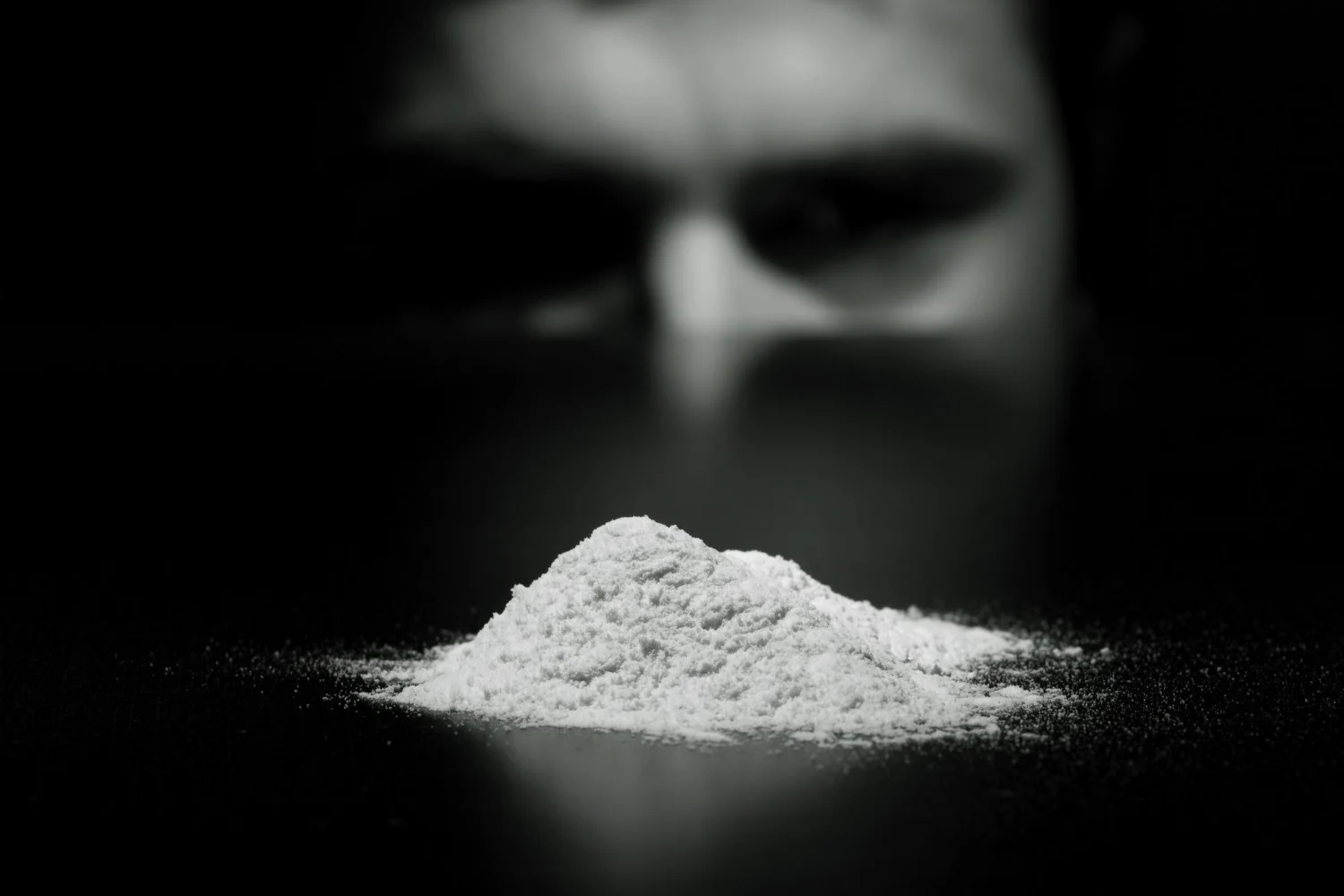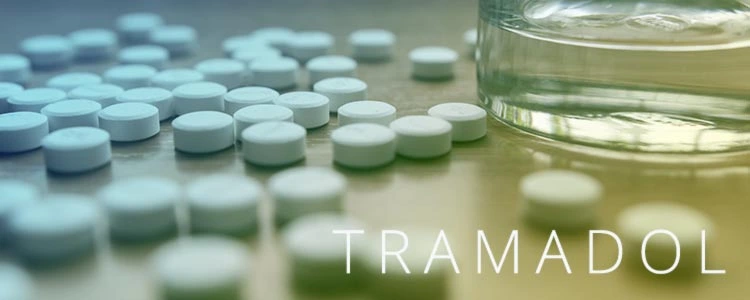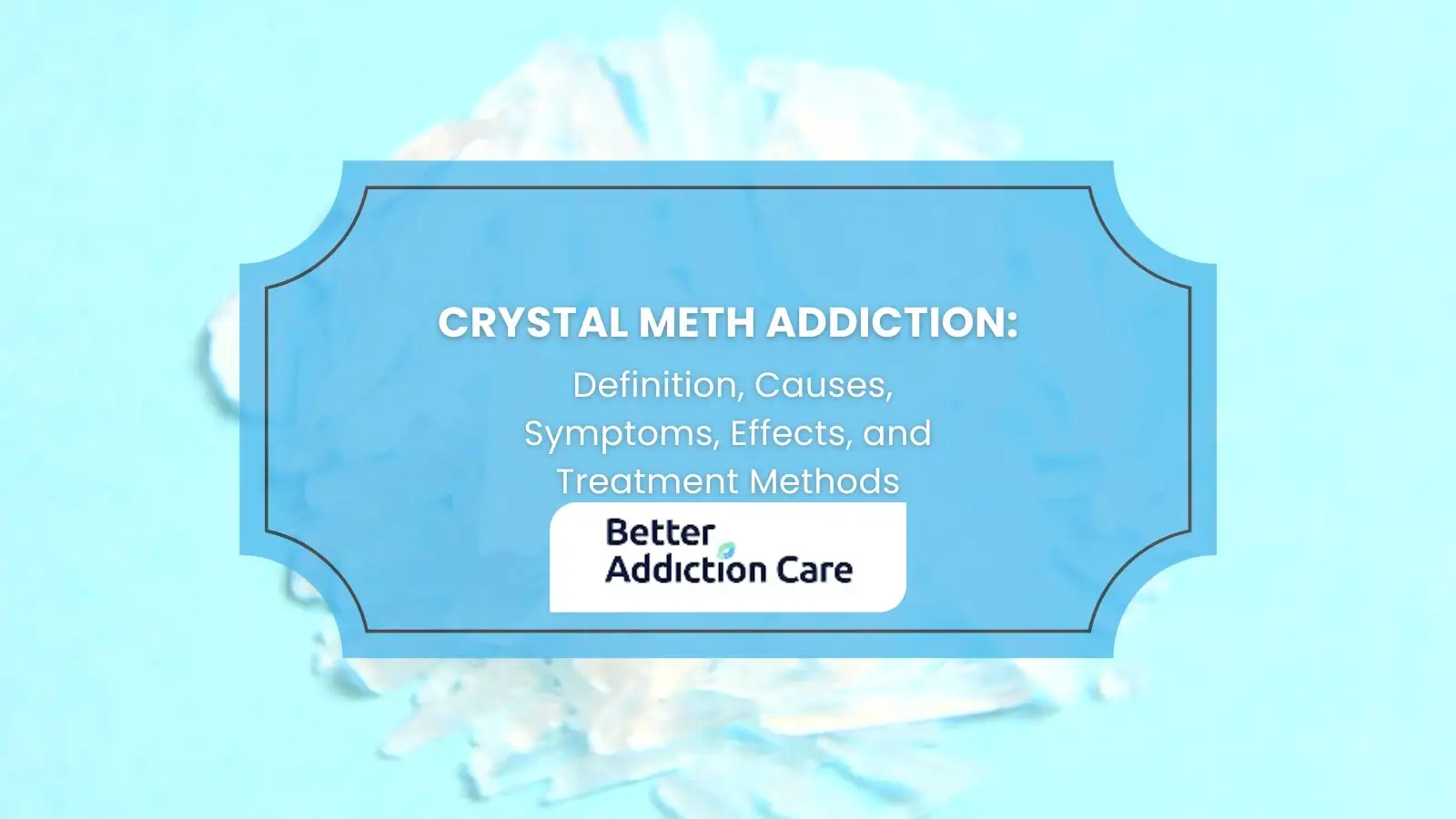Fentanyl Addiction: Definition, Causes, Dangers and Treatment
Fentanyl addiction is driven by its extreme potency and rapid dependence potential, poses severe dangers, including high overdose risk and fatal respiratory depression, and is treated through medication-assisted therapy, behavioral counseling, and comprehensive support programs.

Opioid use disorder (OUD) is a severe and complex condition that grows increasingly prevalent every year. Opioids are a class of drugs naturally found in the opium poppy plant. Some opioids are made from the plant directly, and others, like Fentanyl, are made by scientists in labs using the same chemical structure (semi-synthetic or synthetic).
As a result of the rapid expansion of opioid use disorder over the past few years, overdose fatalities and incidents of misuse have reached epidemic proportions.
Fentanyl addiction, a contributor to the opioid crisis, has caused profound distress for families and claimed the lives of numerous individuals.
In this article, we’ll explore side effects, consequences, and treatment options regarding fentanyl addiction.
What Is Fentanyl Addiction?
Fentanyl addiction is a chronic, compulsive dependence on a highly potent synthetic opioid that is up to 50 times stronger than heroin and 100 times stronger than morphine. Medically, fentanyl is prescribed for severe pain management, after surgery or for advanced cancer, but illicitly manufactured fentanyl dominates the overdose crisis due to its widespread presence in street drugs like heroin, cocaine, and counterfeit pills.
Fentanyl addiction has a rapid onset and intense euphoria that quickly alters brain chemistry, leading to tolerance, cravings, and physical dependence. Because even microgram-level dosing errors are fatal, fentanyl addiction carries one of the highest overdose risks of any substance, making early intervention and comprehensive treatment essential.
Drug dependence results in addiction, and Fentanyl is no exception. To determine if you are addicted to Fentanyl, a medical professional will assess your current health and substance abuse history. You will be diagnosed with an Opioid Use Disorder as per the Diagnostic and Statistical Manual for Mental Disorders, 5th edition.
Listed below are 11 ways to know if you are addicted to Fentanyl.
- Using more opioids than you intended to.
- Using opioids for longer than you intended.
- Spending a great amount of time obtaining, using, or recovering from the effects of Fentanyl or other opioids.
- Having cravings to use Fentanyl or other opioids.
- An inability to complete duties at work, school, or home due to opioid use.
- Continuing to use Fentanyl or other opioids even if it negatively impacts your relationships.
- Giving up things you previously enjoyed due to opioid use.
- Frequently using Fentanyl or other opioids in physically dangerous situations.
- Continuing to use opioids despite physical or mental problems you know are caused by them.
- Developing tolerance to opioids.
- Experiencing withdrawal symptoms when stopping the use of Fentanyl or other opioids
Addiction is a multifaceted condition influenced by numerous factors, and not all individuals who utilize Fentanyl will progress to developing one. If you have a history of substance abuse, higher dose usage, prolonged use, co-occurring disorders, or exposure to drug use in the family or community, you’re at a greater risk of developing an addiction.
What is Fentanyl?
Fentanyl is a powerful synthetic opioid analgesic, up to 50 times stronger than heroin, used medically for severe pain but misused due to its intense euphoric effects and high overdose risk.
Fentanyl is a synthetic opioid similar to morphine but a hundred times more potent.
It’s a prescription medicine used to treat severe pain, usually after surgery. It’s also frequently used in cancer patients with chronic pain, especially when other painkillers do not control their pain.
Fentanyl works by attaching to opioid receptors in the brain. These receptors regulate pain while also providing emotions of pleasure and well-being. A chain of chemical reactions set off by fentanyl binding to these receptors results in profound pain alleviation and exhilaration.
Fentanyl is available in shots, tablets, and patches. Made illegally, it is available as a powder or liquid, incorporated into nasal sprays and eye droppers, or formed into pills resembling other prescription opioids. This bootlegged version is the leading cause of increased death and overdoses of Fentanyl.
Listed below are the 7 side effects of Fentanyl.
- Drowsiness
- Nausea
- Confusion
- Constipation
- Sedation
- Problems breathing
- Unconsciousness
What Causes Fentanyl Addiction?
Fentanyl addiction is caused by the drug’s extreme potency, rapid onset of effects, and its powerful activation of the brain’s reward system. As a synthetic opioid up to 50 times stronger than heroin, fentanyl binds tightly to opioid receptors, producing intense euphoria and pain relief that can quickly lead to physical dependence.
Repeated use alters brain chemistry, making it difficult to feel pleasure without the drug, while tolerance develops rapidly, driving higher and more frequent doses. Addiction risk is further heightened when fentanyl is used without medical supervision, mixed with other substances, or obtained illicitly, where doses are unpredictable.
What Dangers Are Linked to Fentanyl Use?
Fentanyl use is linked to extreme overdose risk, fatal respiratory depression, and heightened danger when mixed with other substances. Its potency makes even tiny dosing errors potentially lethal, and illicitly manufactured fentanyl is cut into other drugs without the user’s knowledge, increasing unintentional exposure.
Chronic use leads to severe physical dependence, withdrawal symptoms, cognitive impairment, and damage to overall health. The rapid onset of effects also raises the likelihood of compulsive use, escalating the cycle of addiction and overdose risk.
What are the Signs of Fentanyl Overdose?
The signs and facts of fentanyl overdose include severe respiratory depression, pinpoint pupils, unconsciousness, and a high likelihood of death without immediate naloxone administration and emergency care.
Because of its strength, even a tiny amount of Fentanyl can result in death. According to the Centers for Disease Control and Prevention (CDC), over 150 people die every day from overdoses related to synthetic opioids like Fentanyl, and to put it in perspective, it would be the equivalent of having an airline jet crash every day.
During the period between 2020 and 2021, there was an increase of 38.1% in overdose deaths involving opioids, and synthetic opioids, primarily illicitly manufactured Fentanyl, rose to 55.6%.
Even when prescribed by a physician, there’s a risk of overdosing. However, the greater risk is that when taken illegally, the unknown fentanyl concentrations in these items make it very hard to determine a safe dosage.
The risk of overdose is substantially increased when Fentanyl is taken with benzodiazepines, alcohol, or other opioids.
Older adults of both sexes and those with a history of substance abuse, particularly opioid usage, are also at a higher risk of overdose.
Therefore, recognizing life-threatening signs is crucial and can save your or a loved one’s life.
Listed below are the 8 signs to look for.
- Small, constricted, "pinpoint pupils"
- Loss of consciousness
- Choking or gurgling signs
- Slow or shallow breathing
- Vomiting
- Limp body
- Cold and clammy skin
- Blue or purple fingernails, lips, or skin.
An overdose of Fentanyl or other opioids is a medical emergency. If you think you or someone else is overdosing on Fentanyl, you must call 911 immediately.
What are the Long-term effects of Fentanyl Misuse?
The biggest concern with fentanyl use is developing dependence and addiction, but it’s important to state that there are other long-term effects.
Listed below are the long-term effects of fentanyl misuse.
- Falls and fractures, particularly common in the elderly population.
- Breathing problems during sleep.
- Chronic constipation causes bowel obstruction.
- Hormonal and reproductive issues, like impotence, infertility, and osteoporosis.
- Heart attack.
- Depression, anxiety.
How Long Does It Last?
Fentanyl’s effects typically last 4 to 6 hours, but its presence in the body can persist longer, especially with repeated use, leading to prolonged withdrawal and craving cycles.
The length of treatment for opioid use disorders like fentanyl addiction is variable but usually long.
No fixed duration exists. Treatment duration varies based on an individual's specific requirements, the severity of the disorder, and the treatment program in which they engage.
Regarding prices, several factors influence the cost of fentanyl addiction treatment, including the type of treatment, how long it lasts, and the type of center.
Inpatient rehab is more expensive than outpatient programs because it provides round-the-clock care, accommodation, food, and supplemental services.
The expenses also vary according to the location of a program, the services included, and the individual's health insurance coverage. Many insurance plans will pay for opioid use disorders. Make sure to contact your insurance provider to check what exactly is covered by your plan.
What are the Treatment Options for Fentanyl Addiction?
Treatment options for fentanyl addiction include medication-assisted therapy with methadone, buprenorphine, or naltrexone, combined with behavioral counseling, mental health support, and structured relapse prevention planning.
The same as for other opioid use disorders, which has been shown to improve patient survival, retention in treatment, and decrease illicit opioid use.
Listed below are the treatment options for fentanyl addiction.
- Detox
- Medication for Opioid Use Disorder (MOUD)
- Behavioral Therapies
- Rehab Programs
- Support Groups
Detox
The initial stage in treating opioid use disorder (OUD) is undergoing a detoxification process in which your body is cleansed from the drug and withdrawal symptoms are controlled. To make sure you're safe and comfortable during this difficult phase of detoxification, it must be done under medical supervision.
Medication for Opioid Use Disorder (MOUD)
Three medications, buprenorphine, methadone, and naltrexone, have been authorized by the Food and Drug Administration (FDA) to treat opioid addiction. All three of these medications normalize brain chemistry, block the euphoric effects of Fentanyl, help manage withdrawal, and reduce cravings.
Buprenorphine stands out among these because it can be used on a long-term basis, thus helping to maintain recovery and avoid relapse.
Behavioral Therapies
Several well-researched behavioral therapies are used to help you with fentanyl addiction, including but not limited to.
- Cognitive Behavioral Therapy (CBT) is a widely used approach for identifying and changing problematic beliefs and behaviors related to drug use.
- Contingency management can offer rewards for abstaining from Fentanyl.
- Group and family therapy can help establish a support network while addressing underlying difficulties.
Rehab Programs
Inpatient rehab programs, where you’re monitored 24/7, involve living in the treatment facility. If you have a severe opioid use disorder, co-occurring medical or health problems, or if you have polysubstance abuse, this might be the right fit for you.
Outpatient programs offer flexibility, given that you can live at home while attending scheduled therapy sessions. It’s a great option for less severe cases of fentanyl addiction if you're transitioning from an inpatient program or if you must continue with daily obligations.
To determine which is the best option for you, an assessment by an addiction specialist is necessary.
Support Groups
Support groups such as Narcotics Anonymous (NA), which follows a 12-step program similar to Alcoholics Anonymous (AA), provide a non-judgmental and safe environment where you share your feelings and struggles with substance abuse, learn from one another’s stories, get sponsorship, and hold each other accountable.
How Serious is The Fentanyl Problem in America?
The fentanyl problem is extremely serious, driving record overdose deaths due to its high potency for example in Michigan, 174,000 individuals aged 12 and older (2.02%) are affected by opioid addiction. This includes 7,000 adolescents aged 12 to 17 (0.85%) and 13,000 young adults aged 18 to 25 (1.29%). 99,000 (57%) Males are higher in number as compared to 75,000 (43%) females. unpredictable presence in illicit drugs, and the tiny margin between a therapeutic and lethal dose.
Illegally produced fentanyl is easy to find on the black market. A very common problem is that Fentanyl is mixed with other drugs, and this makes people more likely to become addicted and overdose by mistake.
The fentanyl problem needs to be dealt with in many different ways. First, the demand for opioids needs to go down through education, general awareness, and other pain management options. Second, people who have drug use disorders need more therapy and counseling that is accompanied by medication.
Enhancing prescription opioid monitoring also reduces criminal diversion. Prescription medication monitoring programs and tighter controls can help identify and manage overprescribing and misuse.
Law enforcement, especially at borders, must be strengthened to intercept illicit fentanyl trafficking. Improving border control stops the supply chain from bringing narcotics into communities. Stopping fentanyl manufacture and distribution requires coordinated law enforcement efforts to target underground laboratories and dismantle trafficking networks.
Prevention, treatment, monitoring, and enforcement are needed to solve the fentanyl problem. Only cross-sector collaboration can reduce the devastating effects of fentanyl on individuals, families, and society.
How Is Fentanyl Fueling Overdose Deaths?
Fentanyl is fueling overdose deaths through its extreme potency, widespread infiltration into illicit drug supplies, and frequent use without users’ knowledge. Illicitly manufactured fentanyl (IMF) is mixed into heroin, cocaine, and other stimulants, making doses unpredictable and vastly increasing overdose risk.
In the U.S., synthetic opioids like fentanyl are involved in about 64% of more than 100,000 overdose deaths recorded over 12 months, making it the leading contributor to the current overdose crisis.
What Trends Show Rises in Fentanyl-Related Overdoses?
Fentanyl-related overdoses have sharply increased across all demographics, with surging emergency department visits and alarming spikes among children and teens. Nonfatal overdoses presenting in emergency departments rose from 1.4 to 3.5 per 10,000 visits between 2020 and 2023 before a slight decline, while pediatric fentanyl deaths climbed six-fold among infants and young children since 2018 and thirty-fold from 2013 to 2021.
Nationally, synthetic opioids like fentanyl were responsible for over 70,000 deaths in 2021, contributing to a record-breaking total of more than 106,000 overdose fatalities.
What Emergency Measures Are Critical for Fentanyl Exposure?
Critical emergency measures for fentanyl exposure include rapid naloxone administration, in multiple or higher-strength doses, along with immediate airway and respiratory support. Overdose signs such as severe respiratory depression, unresponsiveness, and pinpoint pupils require urgent intervention, as fentanyl’s potency makes standard naloxone dosing insufficient to reverse its effects. Ensuring airway safety, providing assisted ventilation if needed, and maintaining continuous supportive care until professional medical help arrives are essential for preventing fatal outcomes.
Final Thoughts…
Fentanyl addiction is a major problem that affects people all around the world and has caused devastating consequences in different places, becoming a real public health problem. This synthetic opioid, with its extremely high potency, has contributed to the disastrous opioid epidemic.
The risks and addiction potential of Fentanyl must be understood by everyone. It is imperative to understand and spread the word about Fentanyl risks and to see this drug as a potential “pharmacological weapon.” It is also essential that more regulations are set to prevent the rise of Fentanyl prescriptions.
Fentanyl and other opioids can be helpful. However, it does not mean they must be the first choice for treating any type of pain symptoms.







